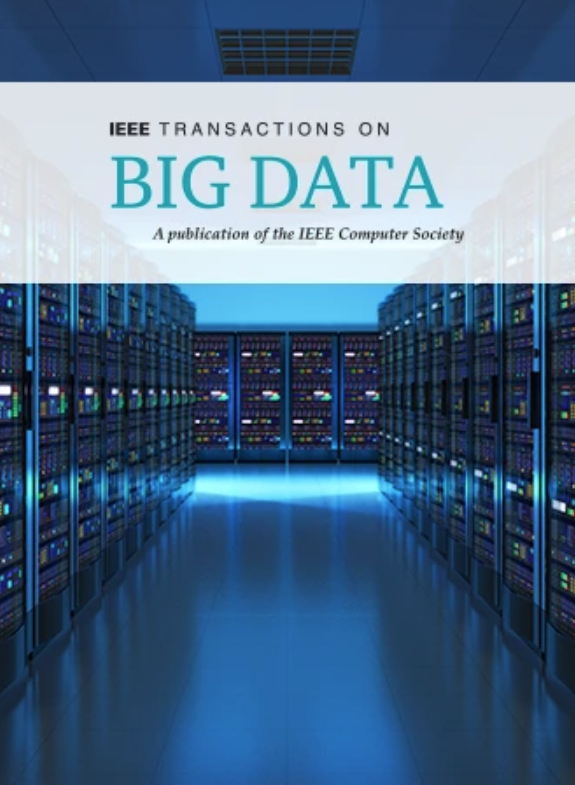Enhancing the Transferability of Adversarial Examples With Random Diversity Ensemble and Variance Reduction Augmentation
IF 5.7
3区 计算机科学
Q1 COMPUTER SCIENCE, INFORMATION SYSTEMS
引用次数: 0
Abstract
Currently, deep neural networks (DNNs) are susceptible to adversarial attacks, particularly when the network's structure and parameters are known, while most of the existing attacks do not perform satisfactorily in the presence of black-box settings. In this context, model augmentation is considered to be effective to improve the success rates of black-box attacks on adversarial examples. However, the existing model augmentation methods tend to rely on a single transformation, which limits the diversity of augmented model collections and thus affects the transferability of adversarial examples. In this paper, we first propose the random diversity ensemble method (RDE-MI-FGSM) to effectively enhance the diversity of the augmented model collection, thereby improving the transferability of the generated adversarial examples. Afterwards, we put forward the random diversity variance ensemble method (RDE-VRA-MI-FGSM), which adopts variance reduction augmentation (VRA) to improve the gradient variance of the enhanced model set and avoid falling into a poor local optimum, so as to further improve the transferability of adversarial examples. Furthermore, experimental results demonstrate that our approaches are compatible with many existing transfer-based attacks and can effectively improve the transferability of gradient-based adversarial attacks on the ImageNet dataset. Also, our proposals have achieved higher attack success rates even if the target model adopts advanced defenses. Specifically, we have achieved an average attack success rate of 91.4% on the defense model, which is higher than other baseline approaches.利用随机多样性集成和方差减小增强对抗样本的可转移性
目前,深度神经网络(dnn)容易受到对抗性攻击,特别是当网络的结构和参数已知时,而大多数现有的攻击在黑盒设置的存在下都不能令人满意地执行。在这种情况下,模型增强被认为是有效的,以提高黑盒攻击的成功率对抗性的例子。然而,现有的模型增强方法往往依赖于单一的转换,这限制了增强模型集合的多样性,从而影响了对抗示例的可转移性。本文首次提出随机多样性集成方法(RDE-MI-FGSM)来有效增强增强模型集合的多样性,从而提高生成的对抗样本的可转移性。随后,我们提出了随机多样性方差集成方法(RDE-VRA-MI-FGSM),该方法采用方差减少增强(VRA)来提高增强模型集的梯度方差,避免陷入较差的局部最优,从而进一步提高对抗样本的可转移性。此外,实验结果表明,我们的方法与许多现有的基于传输的攻击兼容,可以有效地提高基于梯度的对抗攻击在ImageNet数据集上的可移植性。此外,即使目标模型采用先进的防御措施,我们的建议也实现了更高的攻击成功率。具体来说,我们在防御模型上实现了91.4%的平均攻击成功率,高于其他基线方法。
本文章由计算机程序翻译,如有差异,请以英文原文为准。
求助全文
约1分钟内获得全文
求助全文
来源期刊

IEEE Transactions on Big Data
Multiple-
CiteScore
11.80
自引率
2.80%
发文量
114
期刊介绍:
The IEEE Transactions on Big Data publishes peer-reviewed articles focusing on big data. These articles present innovative research ideas and application results across disciplines, including novel theories, algorithms, and applications. Research areas cover a wide range, such as big data analytics, visualization, curation, management, semantics, infrastructure, standards, performance analysis, intelligence extraction, scientific discovery, security, privacy, and legal issues specific to big data. The journal also prioritizes applications of big data in fields generating massive datasets.
 求助内容:
求助内容: 应助结果提醒方式:
应助结果提醒方式:


